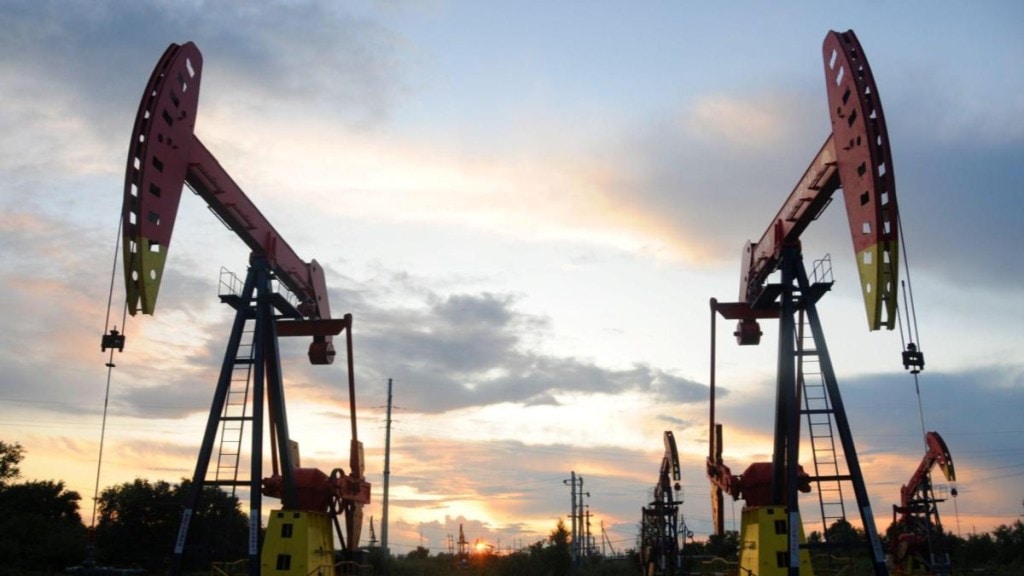Global oil prices initially spiked, but settled down to lower levels despite the war between Hamas forces and Israel’s army that has triggered an ongoing intense bombardment of Gaza. Perhaps this reflects an assumption that the conflict will not engulf the West Asian region that accounts for a major proportion of the world’s oil production. But there are heightened geopolitical risks of the conflict spilling over from Israel to Lebanon and Syria, ultimately involving Iran for supporting Hamas and other militias like Hezbollah in Lebanon. Currently, there is intense shelling from Israel into southern Lebanon. US forces have been attacked by Iranian-backed militias in Iraq and Syria, and they have retaliated. Hezbollah’s leader Hassan Nasrallah has sternly warned Israel and the US that they would be held responsible for the “aggressions in Gaza”. As there are many flash points, the dangers of strategic miscalculation are rather high for the military conflict to engulf the region. For such reasons, it appears to be only a question of if and when the Hamas-Israel war escalates to impact global oil prices and by how much.
The World Bank’s latest quarterly commodities report provides a valuable basis for addressing these questions with three different risk scenarios reflecting the severity of their impact on global oil supplies. These scenarios do not speculate on the potential triggers for the conflict to escalate but draw on the experience of previous geopolitics-driven supply disruptions to indicate how much oil prices will spike above its baseline forecast of $90 a barrel in Q4 2023. In a small disruption scenario of global oil supplies reducing by 0.5-2%, comparable to the Libyan civil war in 2011, prices will go up to $93-102 a barrel. In a medium risk scenario, the disruption in global oil supplies rises to 3%, as during the Iraq war in 2003, raising prices to $109-121 a barrel. In the large disruption scenario, global oil supplies are down by 6-8% like during the Arab oil embargo of 1973, resulting in a price spike to $140-157 a barrel. The last-mentioned event triggered stagflation in the world economy.
However, there are plausible grounds to believe that the outlook on global oil prices could be much worse if the Hamas-Israel conflict involves Iran. As yet, there is no evidence of its direct involvement behind Hamas’s attacks in Israel, but the probability of further US-led sanctions cannot be ruled out, including curbs on its sale of oil. Iran is the third-largest OPEC producer, generating 2.93 million barrels per day in July-September. These sanctions would straightaway take out 2.9% of global crude supplies. It is true that past sanctions (during November 2011 to October 2012 and ongoing ones since July 2018) led to only small declines in global oil supplies—0.9% and 1.2%, respectively. The price spikes were limited as oil supplies could be made up elsewhere. But the current situation portends a more dismal scenario than the World Bank indicates if Iran retaliates by blocking the Strait of Hormuz, through which a fifth of global oil supplies pass through daily. A sharper spike in oil prices would bring the world economy to its knees. International diplomacy must therefore prevail to end the conflict before it escalates to the West Asian region at the earliest.

